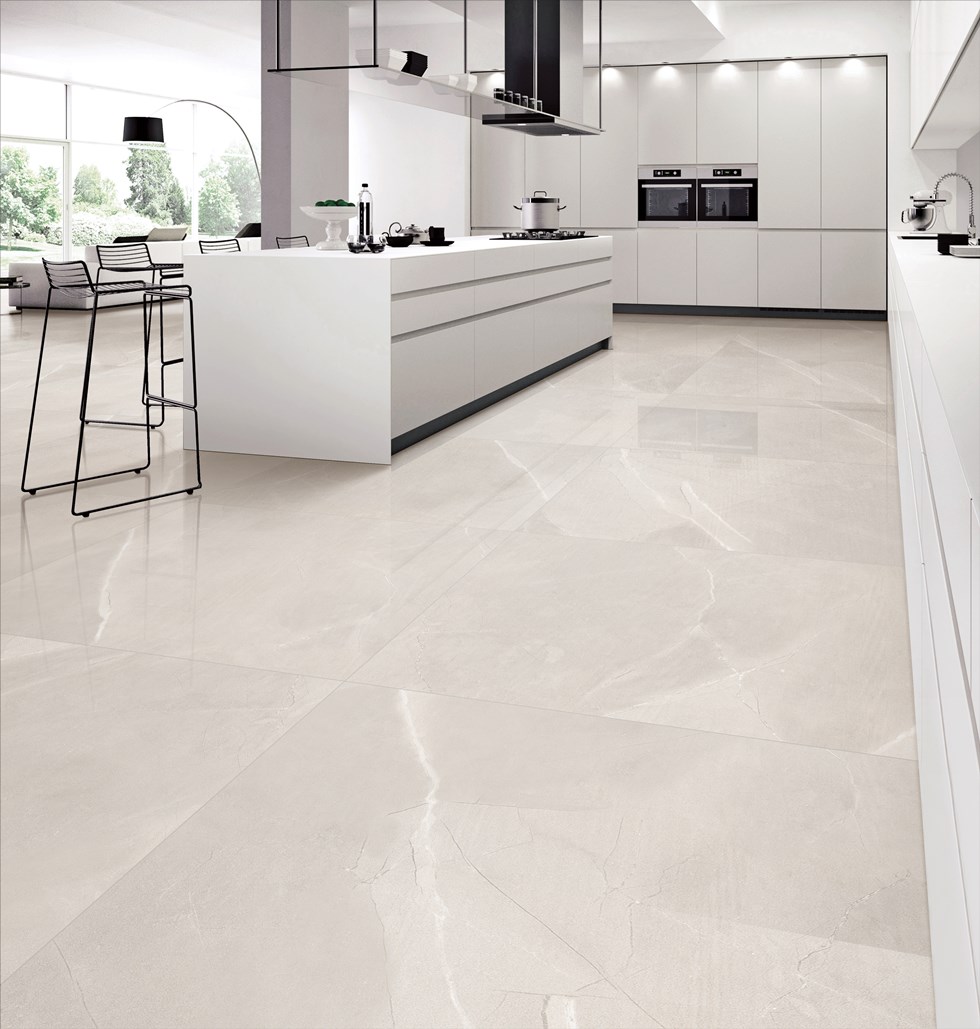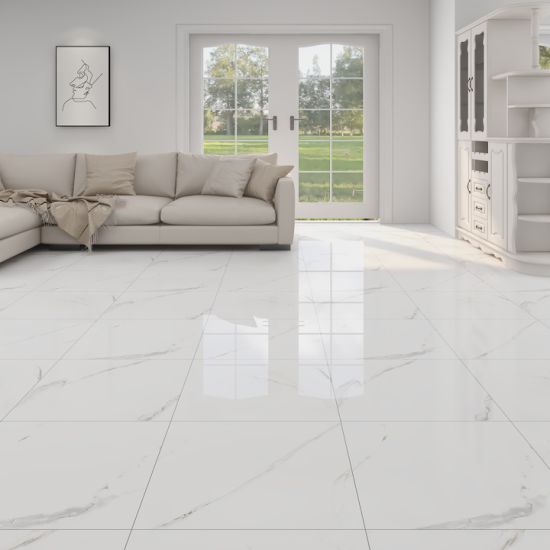Introduction: Redefining Your Space
Floor tiles are a foundational element in interior design, providing both functionality and aesthetic appeal to any space. However, over time, the wear and tear of daily use can diminish their appearance, leaving them looking tired and outdated. Fortunately, painting floor tiles offers a cost-effective and creative solution to revitalize your space. In this comprehensive guide, we’ll explore the step-by-step process of painting floor tiles, from preparation to finishing touches, empowering you to transform your space with confidence and style.

Assessing Suitability: Is Painting Floor Tiles Right for You?
Before embarking on the painting process, it’s essential to assess whether your floor tiles are suitable candidates for painting. Generally, ceramic or porcelain tiles with a smooth, non-porous surface are ideal for painting, while natural stone tiles may require specialized treatment. Additionally, consider the condition of your tiles—painting is best suited for tiles that are structurally sound and free from significant cracks or damage. By conducting a thorough assessment, you can determine whether painting floor tiles is the right choice for your space.

Gathering Materials and Tools: Essentials for the Project
Once you’ve confirmed the suitability of your floor tiles for painting, it’s time to gather the necessary materials and tools for the project. Essential items include:
- Primer suitable for use on tiles
- High-quality tile paint in your desired color
- Painter’s tape for masking off edges
- Paint roller and paintbrushes
- Trisodium phosphate (TSP) or a similar cleaning solution
- Scrub brush or sponge
- Fine-grit sandpaper
- Protective gear such as gloves and goggles
By assembling these materials in advance, you’ll ensure a smooth and efficient painting process, minimizing interruptions and delays.
Preparing the Surface: Cleaning and Sanding
Proper surface preparation is key to achieving a flawless finish when painting floor tiles. Begin by thoroughly cleaning the tiles with a solution of TSP or a similar cleaner to remove dirt, grease, and other contaminants. Use a scrub brush or sponge to scrub the surface gently, then rinse with clean water and allow the tiles to dry completely.
Next, lightly sand the tiles with fine-grit sandpaper to create a slightly rough texture that will help the primer and paint adhere more effectively. Be sure to remove any dust or debris from the surface before proceeding to the next step.

Masking Off: Protecting Surrounding Areas
Before applying primer and paint, take the time to mask off any surrounding areas that you want to protect from overspray or accidental paint splatter. Use painter’s tape to cover baseboards, walls, and any fixtures or appliances near the tiled area. This step will help ensure clean, crisp lines and minimize the need for touch-ups later on.
Applying Primer: Creating a Solid Foundation
Priming is a crucial step in the process of painting floor tiles, as it creates a stable foundation for the paint to adhere to and enhances durability and longevity. Choose a primer specifically formulated for use on tiles, ensuring compatibility with your selected tile paint.
Using a paint roller or brush, apply a thin, even coat of primer to the tiles, working in small sections to ensure thorough coverage. Allow the primer to dry completely according to the manufacturer’s instructions before proceeding to the next step. This may take several hours, so plan accordingly and avoid walking on the tiles during this time.

Painting the Tiles: Adding Color and Style
With the primer dry and the surface prepared, it’s time to paint the floor tiles. Select a high-quality tile paint in your desired color, taking into account factors such as the overall aesthetic of your space and the level of foot traffic in the area.
Using a paint roller or brush, apply the paint evenly to the tiles, working in smooth, overlapping strokes to achieve full coverage. Take care not to apply too thick a coat of paint, as this can lead to drips and uneven drying. Allow the first coat to dry completely before applying a second coat, if necessary, to achieve the desired depth of color and opacity.
Finishing Touches: Sealing and Protecting the Surface
Once the paint has dried thoroughly, it’s important to seal the surface to protect it from scratches, stains, and other damage. Choose a clear, water-based polyurethane sealant specifically designed for use on painted tiles.
Using a clean paint roller or brush, apply a thin, even coat of sealant to the painted tiles, working in smooth, overlapping strokes. Be sure to follow the manufacturer’s instructions regarding drying times and recommended number of coats.
Allow the sealant to dry completely before allowing foot traffic on the newly painted floor tiles. Once dry, your painted tiles will be ready to withstand daily use and provide years of beauty and enjoyment in your transformed space.

Maintenance and Longevity: Preserving Your Painted Tiles
While painting floor tiles can dramatically enhance the appearance of your space, proper maintenance is essential to ensure the longevity and durability of the painted surface. Fortunately, caring for painted tiles is relatively straightforward and requires minimal effort.
Regular cleaning is key to preserving the beauty of your painted tiles. Use a mild detergent or cleaning solution and a soft mop or cloth to gently clean the surface, avoiding harsh chemicals or abrasive scrubbers that may damage the paint. Promptly wipe up any spills or stains to prevent them from setting into the paint.
Additionally, consider applying a fresh coat of sealant every few years to reinforce the protective layer and maintain the integrity of the painted surface. This will help prolong the life of your painted tiles and ensure they continue to look vibrant and beautiful for years to come.
Conclusion: Transforming Your Space with Painted Floor Tiles
In conclusion, painting floor tiles offers a versatile and budget-friendly way to rejuvenate your space and express your personal style. By following the steps outlined in this guide, you can achieve professional-quality results that will enhance the aesthetic appeal and functionality of any room in your home. Whether you’re looking to update a tired kitchen floor or add a pop of color to a bland bathroom, painting floor tiles allows you to unleash your creativity and breathe new life into your surroundings. So gather your materials, roll up your sleeves, and prepare to transform your space with the transformative power of painted floor tiles.
